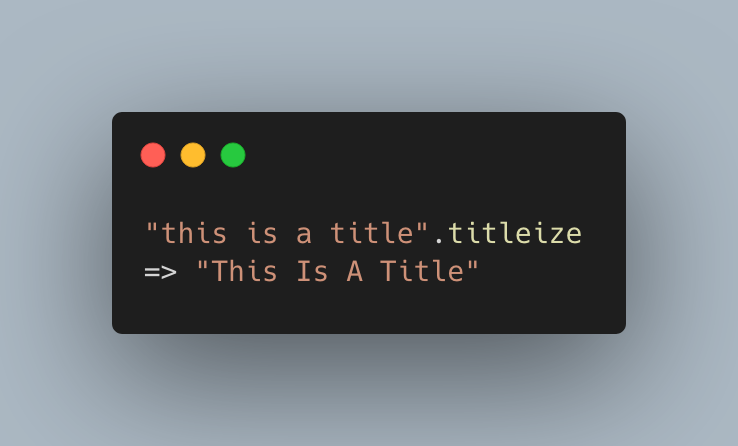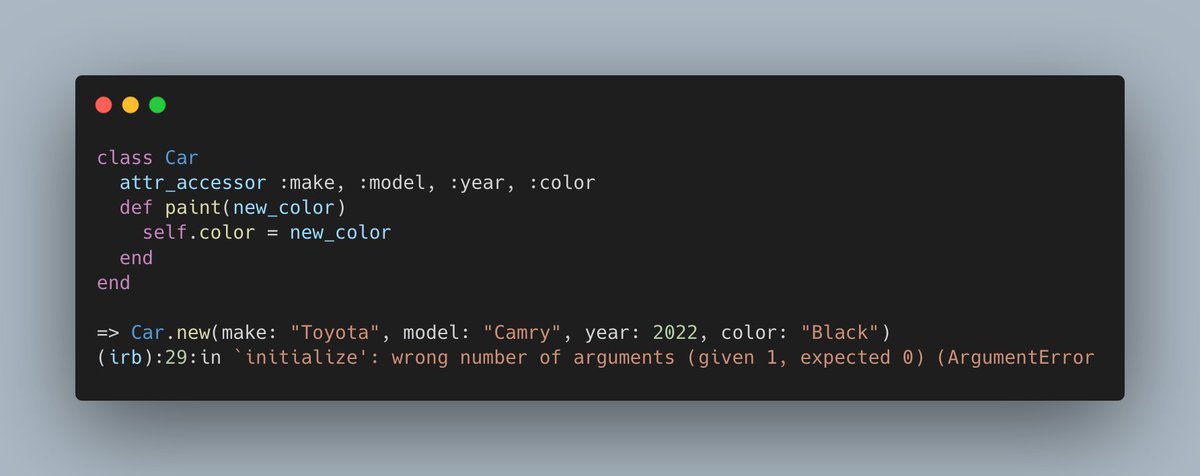
Want to level up your Rails skills? Check out this thread on string manipulation tips! 🧵
#rubyonrails #rails
#rubyonrails #rails
CamelCase: It converts the first and second letters of each word to uppercase. Great for words with underscores 

titleize(alias `titlecase`): Capitalize the first letter of the word in the sentences. Best for showcasing header or title. 

Bonus
humanize: Does multiple things, delete the underscore, Capitalize the first word, substitutes underscore with space, and removes an "_id" suffix
humanize: Does multiple things, delete the underscore, Capitalize the first word, substitutes underscore with space, and removes an "_id" suffix

Check out the previous thread if haven't you will find helpful tips like this
https://twitter.com/_rshiva/status/1633380906051461120
Found it useful, learned something new? Help others level up their skills Share this thread or RT to spread the word to your fellow Rails devs! #RubyOnRails
I'm passionate about #buildinginpublic, web development, and sharing what I learn.
follow me @_rshiva
I'm passionate about #buildinginpublic, web development, and sharing what I learn.
follow me @_rshiva
• • •
Missing some Tweet in this thread? You can try to
force a refresh















